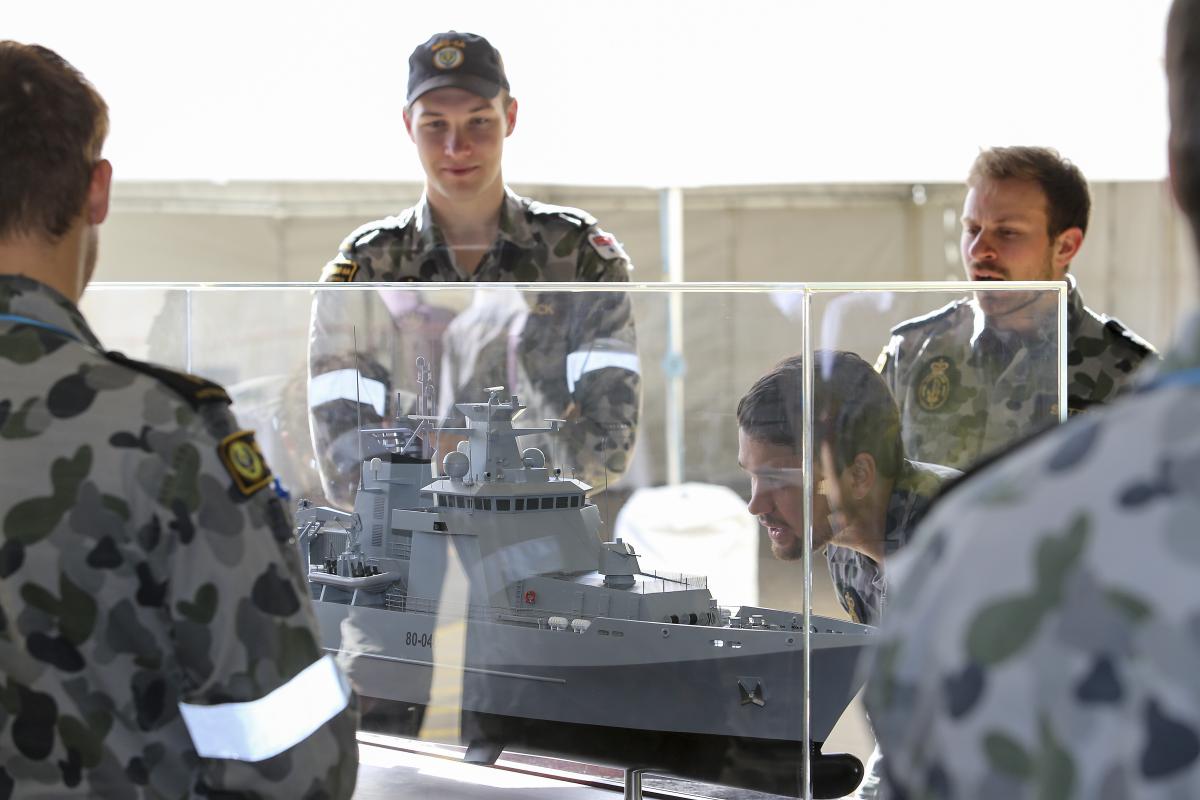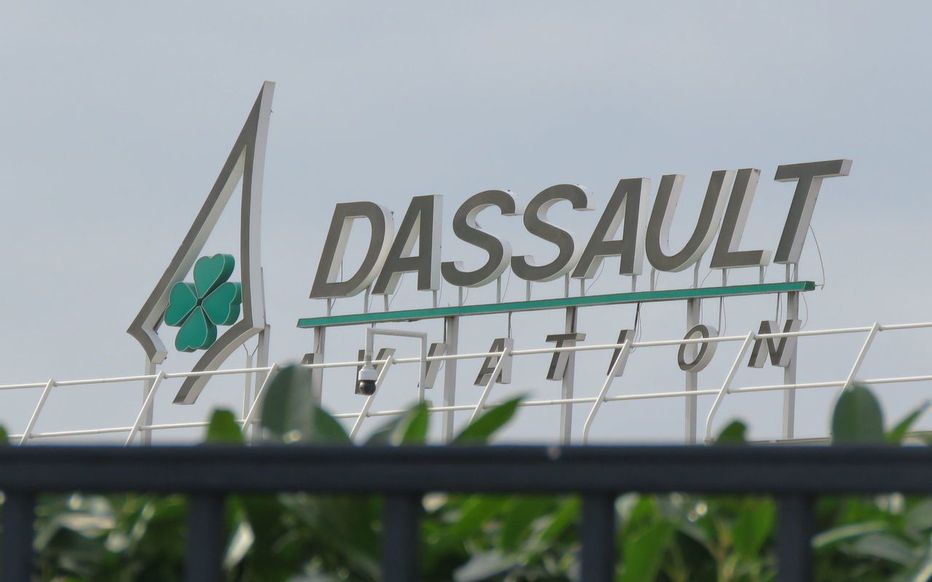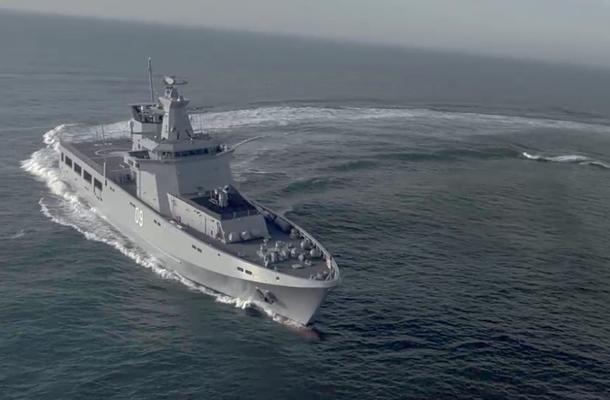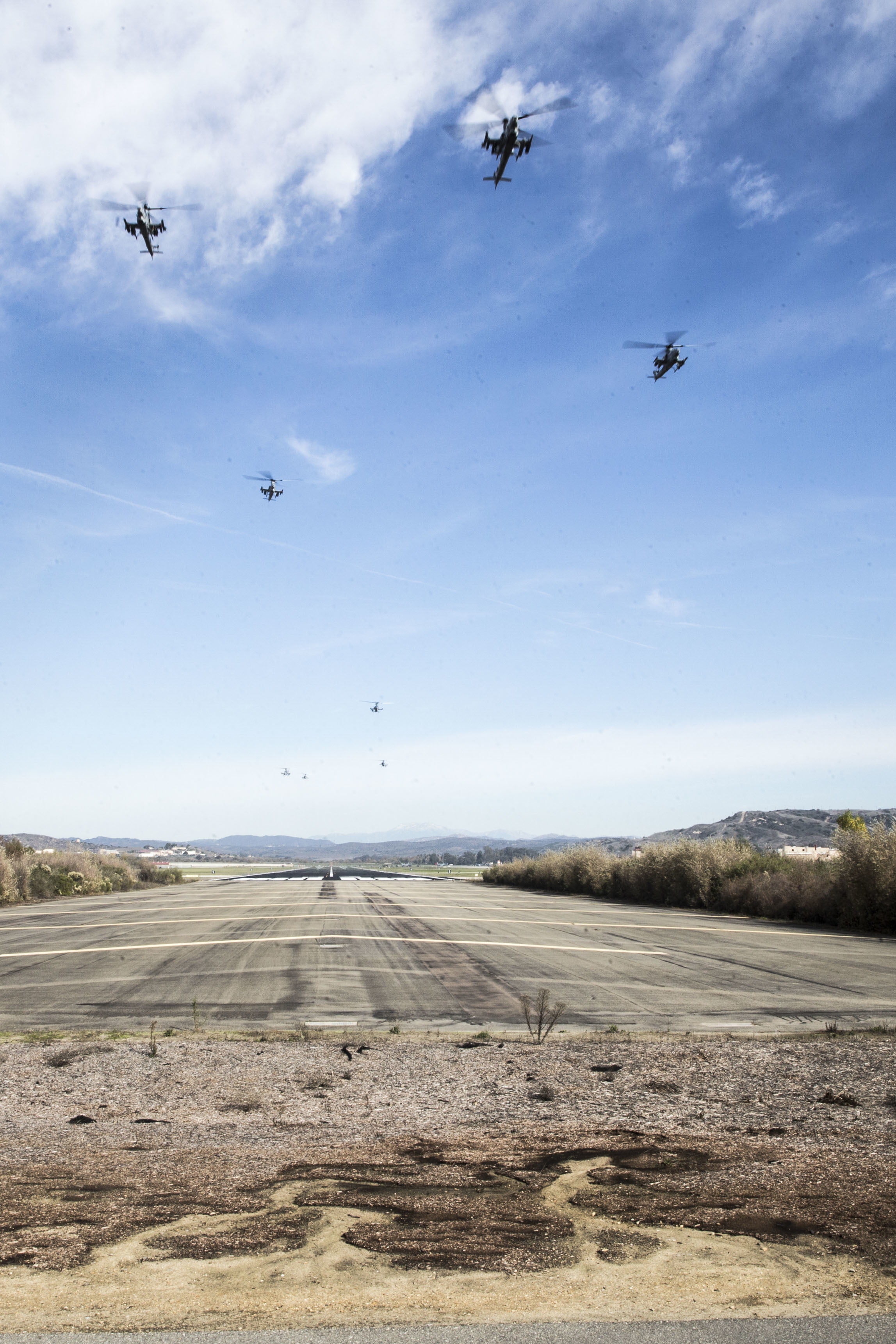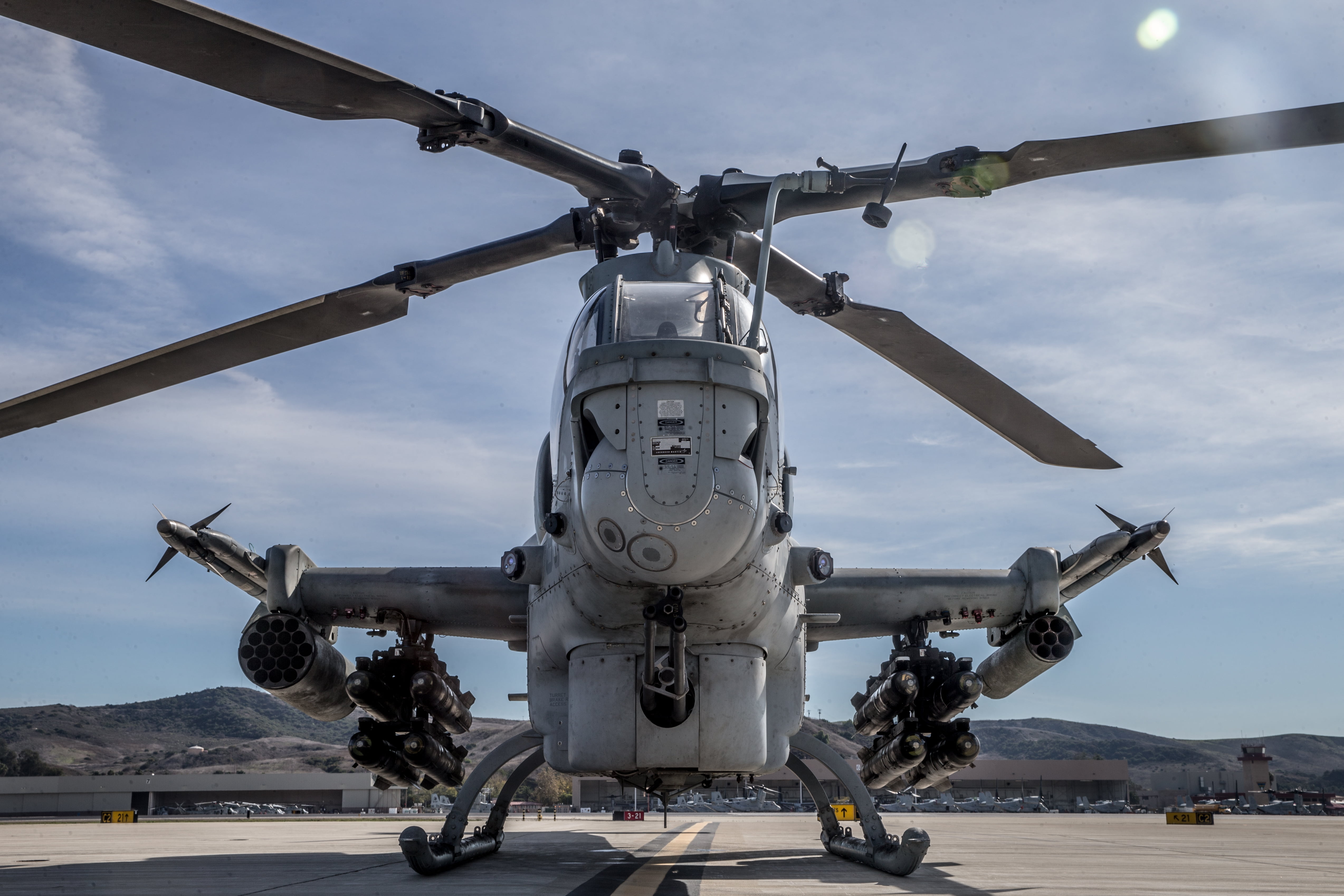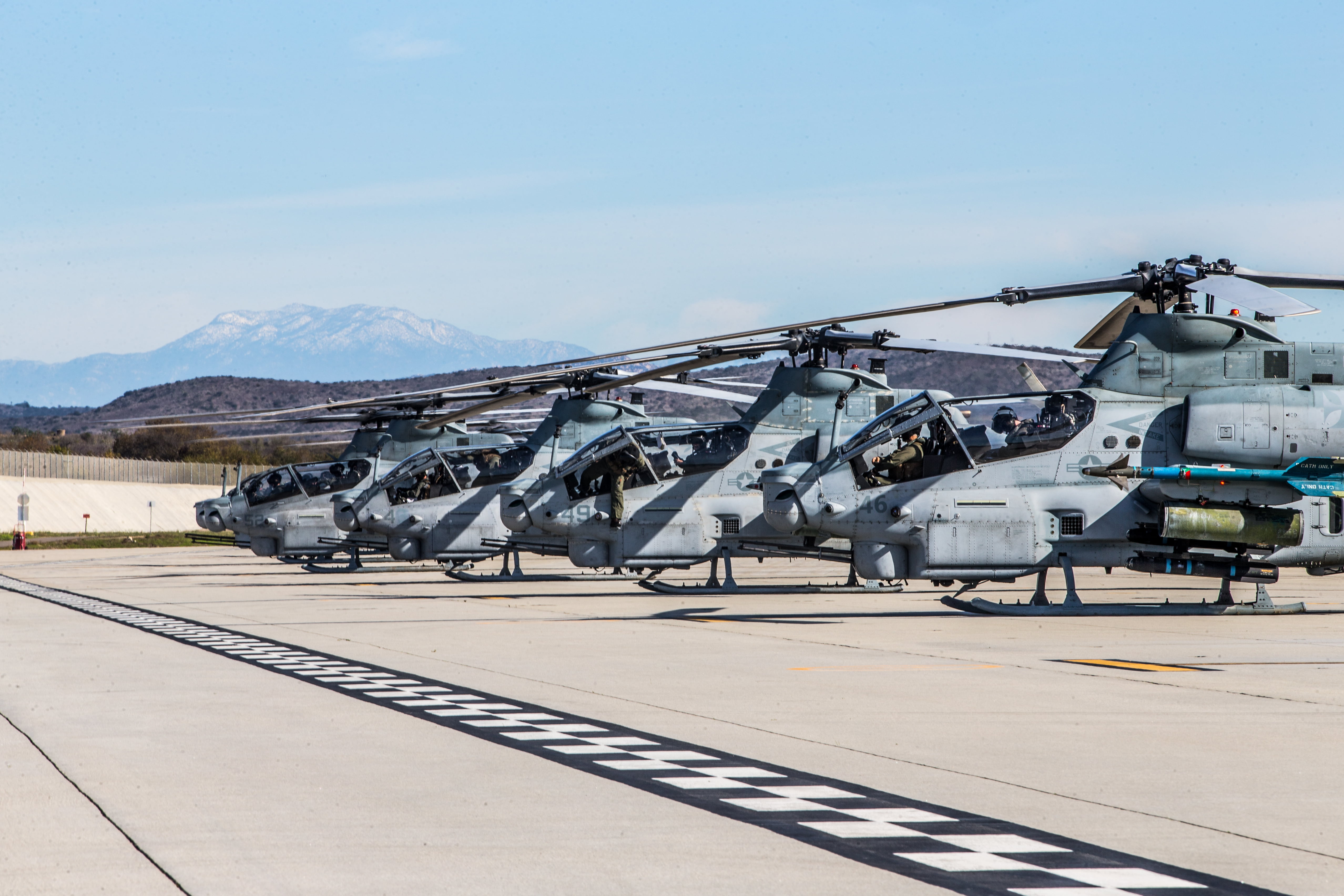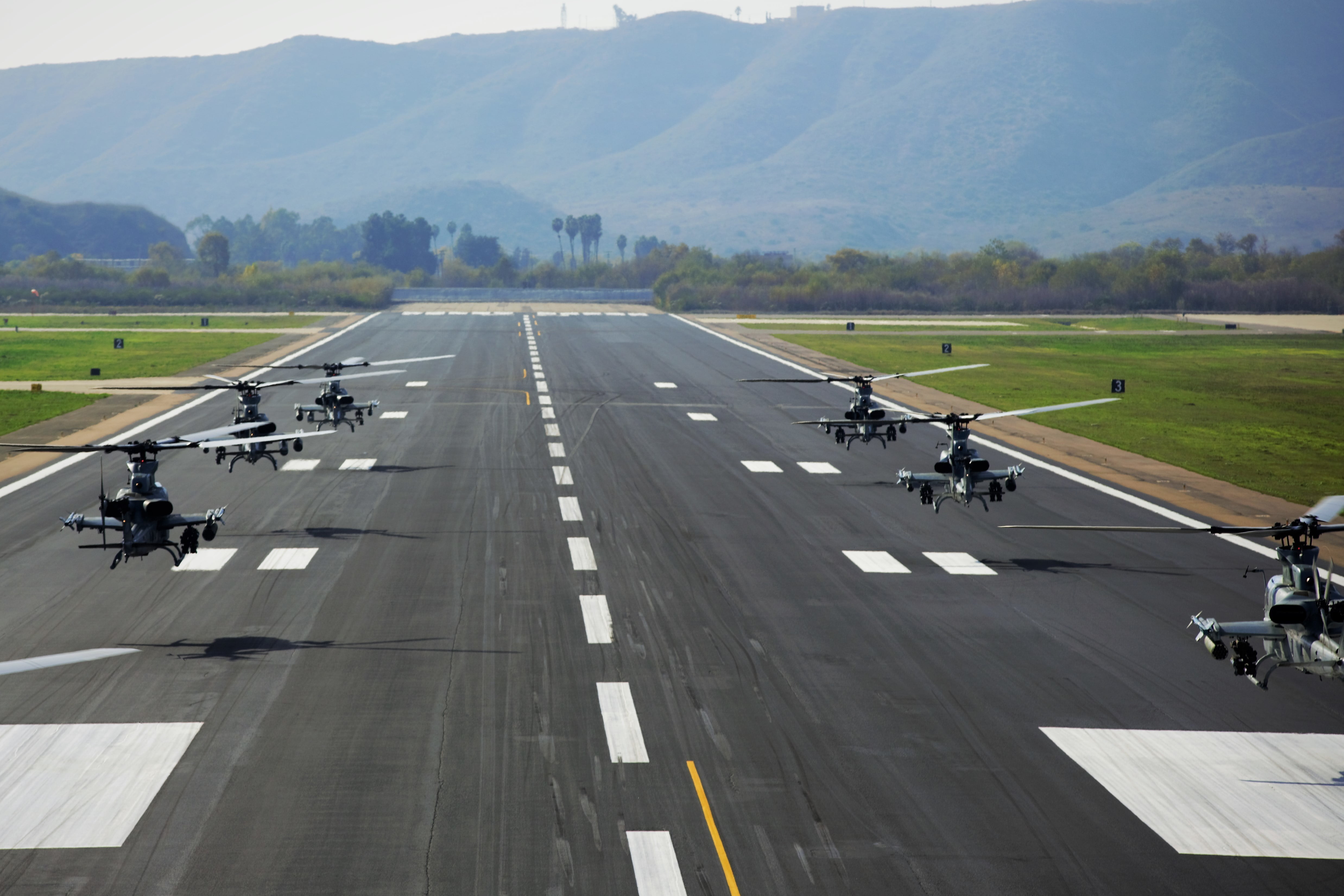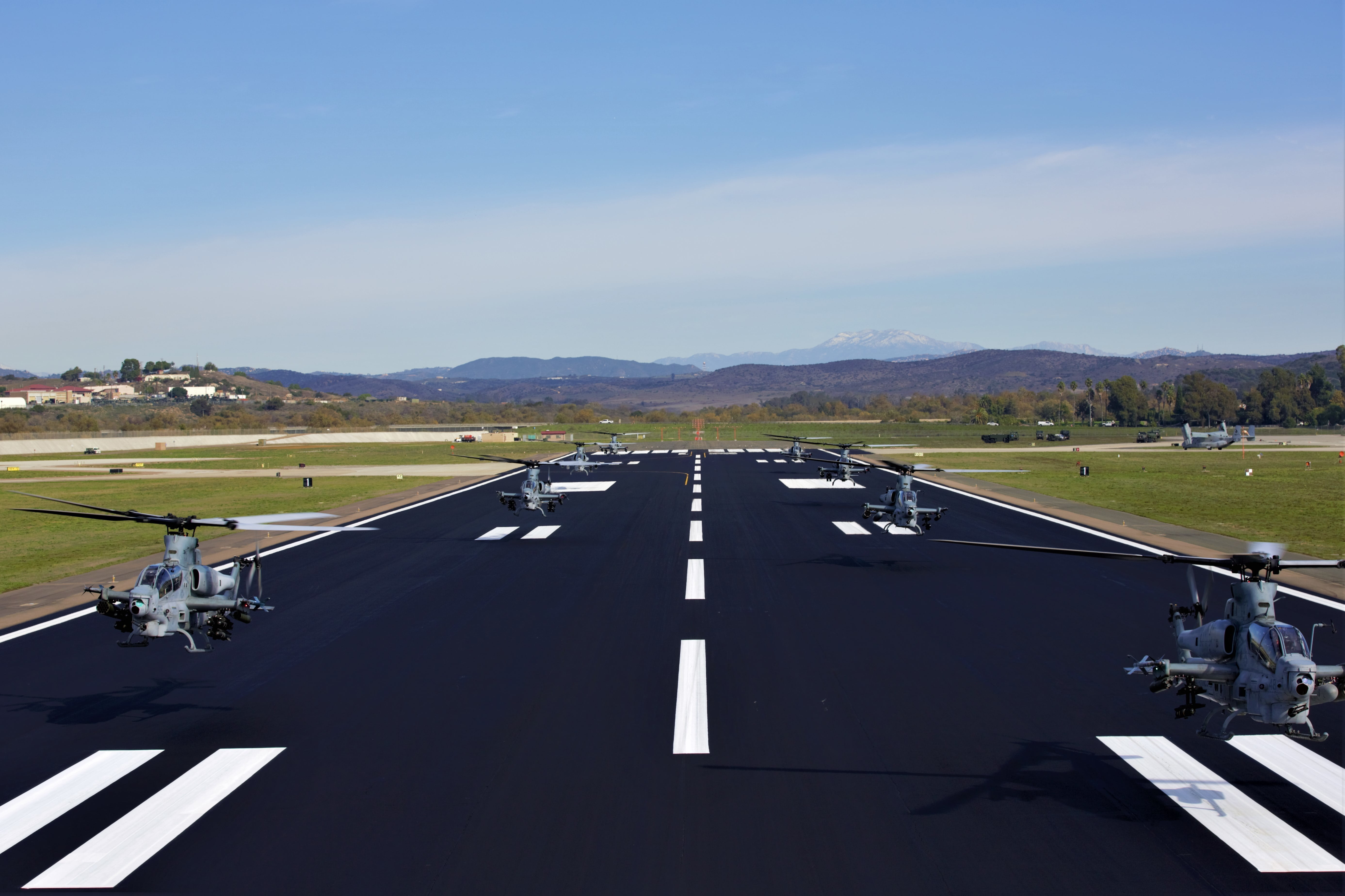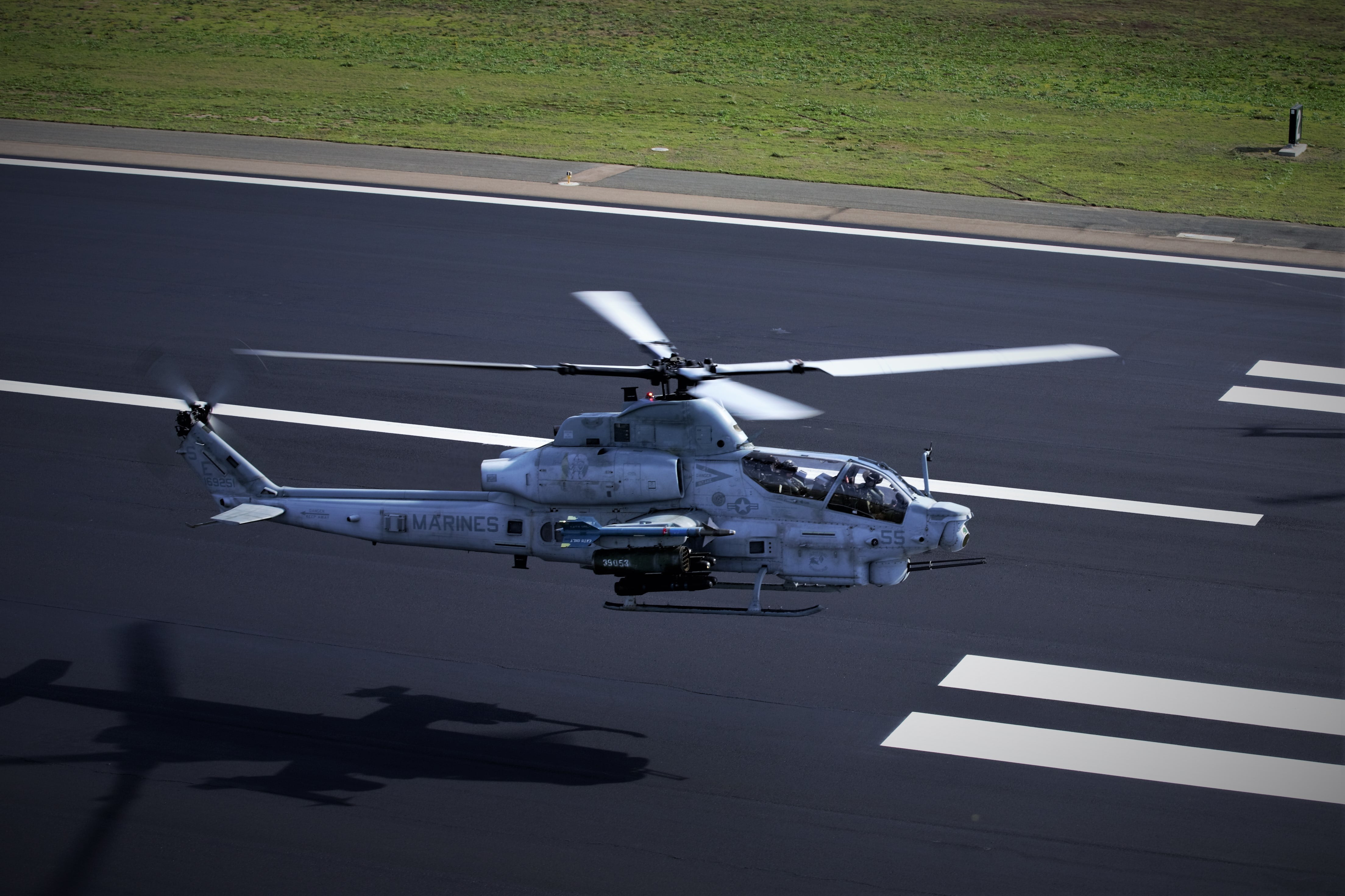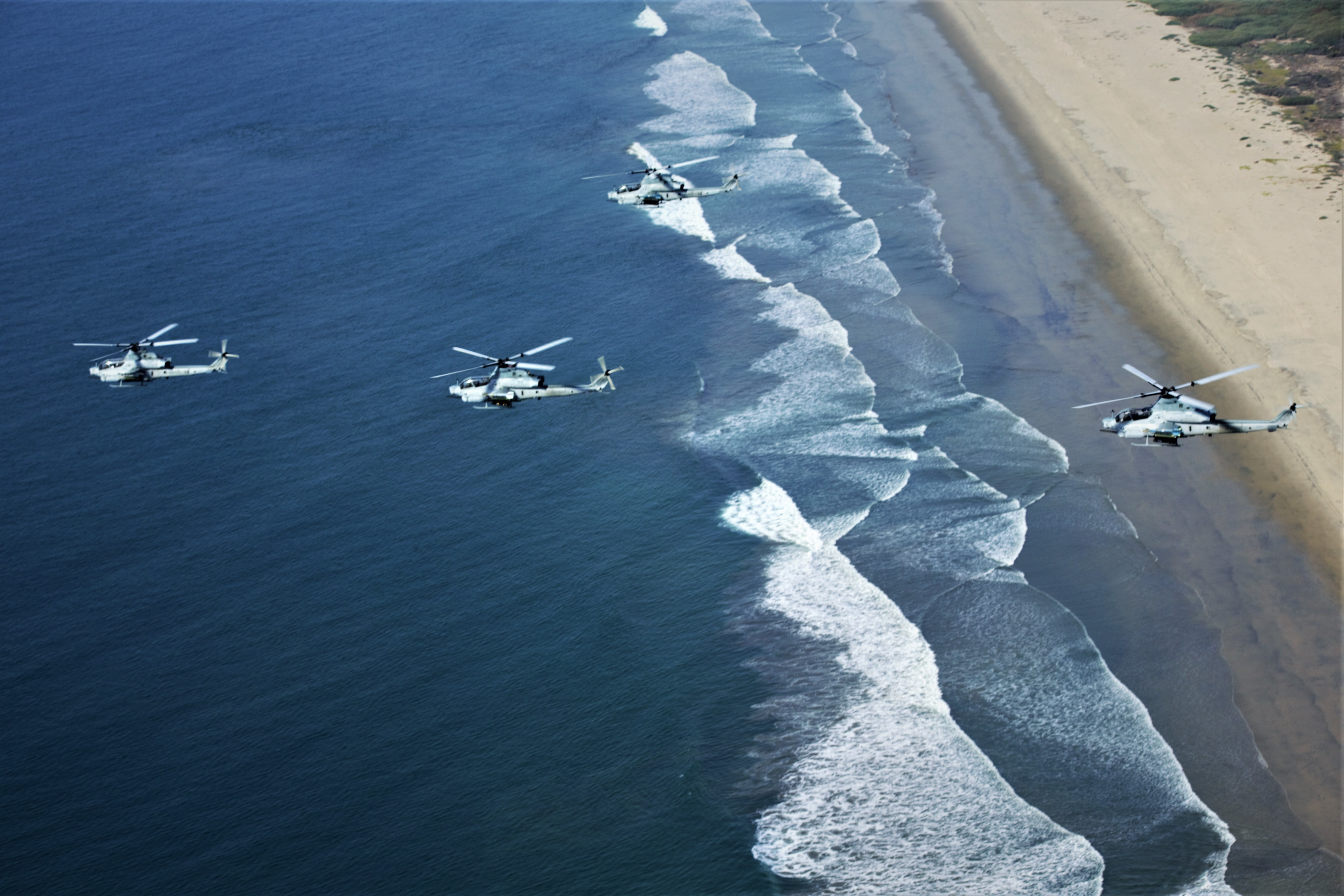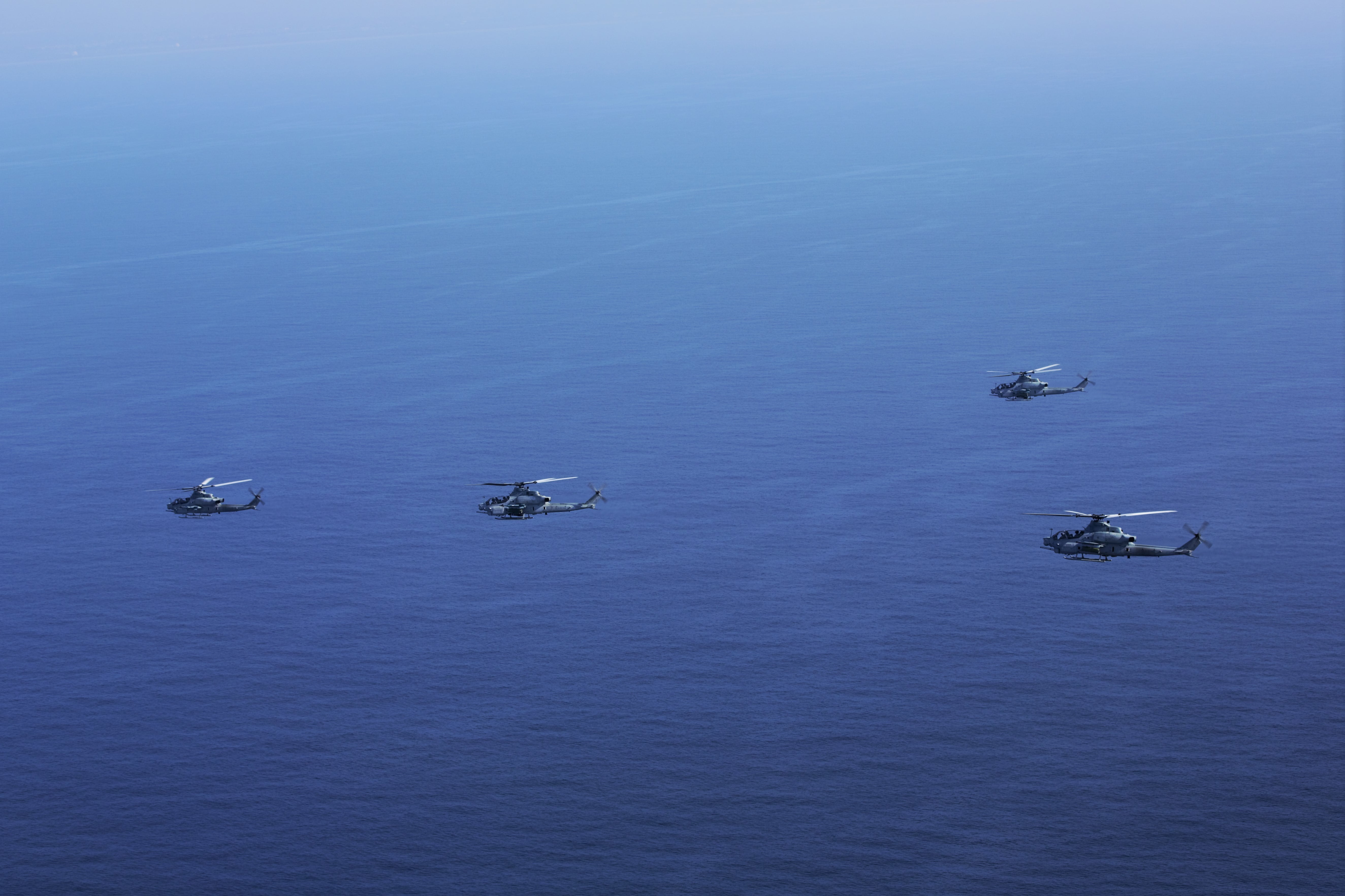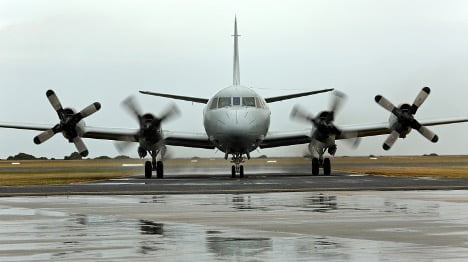By Robbin Laird
After my visit to Perth and the Henderson Shipyard, I had a chance in Canberra to discuss the new class of OPVs with the senior leadership team in Navy and the Capability Acquisition and Sustainment Group (CASG) within the Australian Department of Defence.
Participating in the discussion were Peter Croser, who is the Canberra based CASG Assistant Secretary Ship Acquisition – Specialist Ships responsible for the projects SEA1654 AOR’s, SEA1180 OPV’s, SEA2048 Phase 4 LHD’s, SEA2048 Phase 3 LLC’s and SEA3035 simulators for the RAN; Commodore Chris Smith (Director General Littoral), and Commander Gavin Baker (Deputy Director Patrol Force.
As I have done with the meetings with Luerssen Australia and CIVMEC, I will highlight takeaways from our discussion rather than directly quoting comments by participants. These takeaways are also based on the past two years of discussions I have had in Sydney, Adelaide, Perth and Canberra about the new continuous shipbuilding approach.
The first takeaway is that clearly the Department is focusing on a new approach in launching this ship, but a new approach which is seen to provide a template for the way ahead.
It is not about simply having a one-off platform innovation process; it is about launching a new way of building this ship and in so doing setting in motion new ways to manage the initial build and the ongoing modernization process.
It is not about having a bespoke platform; it is about shaping an approach that allows leveraging the systems onboard the new platform across the entire fleet and Australian Defence Force modernization process.
In part, it is selecting a platform which physically can allow for the upgrade process envisaged with the new emphasis on a fleet mission systems management model.
The Royal Australian Navy has clearly gone through a process of choosing a ship that has a lot of space, a lot of margins, the ability to adapt to missions by its space on deck, and under the deck for a modular or containerized solutions, extra power to operate for what comes in the future, and the ability to adapt the platform through further evolution of the design to take on different missions into the future.
The platform is important; but the focus is not on what the systems specific to the ship allow it operate organically as an end in of itself but as part of wider operational integratable force.
The second key takeaway is that a core way to do this is to change the governance approach.
The new approach is one in which the platform-build and evolution is managed by one CASG team working interactively with another CASG team addressing the management of the mission systems.
This comes together in an Integrated Project Team with Navy.
The platform-build and design refresh team is focused on building a ship which is capable enough at the outset to accommodate an upgrade process for the mission systems onboard the initial vessel and which is upgradeable over time.
The mission systems team which is working closely with the platform team is focused on shaping a mission systems capability which can be both tailored to the OPV but can be leveraged across the fleet for other platforms in the fleet over the new build and modernization process which the Royal Australian Navy is undergoing.
The approach to the new build OPV is that the ship is becoming the support for the mission systems which need to be rapidly and upgradeable over time. This means that the core capabilities of the ship need to have the physical qualities for adaptability in terms of size, power, and modular space to be able to accommodate mission system dynamics over time as well.
And the digital build process is crucial to ensuring that modifications can be made as well over time. Throughout the modernization process, it is envisaged that mods can be made to the ship which allows for the innovations which missions systems and associated capabilities can be added to the ship over time.
The third key takeaway is that such an approach also requires a new government-industrial working relationship.
Rather than contracting to a prime and establishing a set of requirements with which the prime is to comply in terms of the organic capabilities on that particular platform, the focus is upon an open-ended partnership. The government team working with Team Luerssen have shaped a collaborative environment which provides for a force multiplier of ideas.
The older prime contracting model focuses on setting requirements and ensuring they are met for the organic platform, and in such a setting industry would focus on selling a solution which is narrowly focused on meeting those requirements.
The fourth key takeaway is that what is being established is a shift from a platform specific set of requirements to be enforced through a contracting process to a concept of operations model.
How can the mission systems evolve on the ship working interactively with other platforms deliver the effect desired from the program?
For example, rather than focusing on what the OPV will be able to contribute in terms of its organic systems onboard to deliver counter mine capabilities, the focus is on how the missions systems and maritime remote or autonomous systems onboard can work together with other relevant platforms to deliver an integrative effect to deliver the counter mine capability desired.
This is similar to what I discussed onboard the HMAS Rankin, where the evolution of the Collins class submarine in terms of systems which would then be transferrable to the new build class of submarines was really about reshaping what a wolfpack would be able to deliver in a distributed maritime integratable force.
Clearly, the notion of mission systems and their delivery of effect for the new OPV is not about what the vessel can do itself but how those mission systems can reach out into a combat cloud to deliver a broader effect through integratability with associated assets on other platforms, both air and sea, and land as well.
The fifth key takeaway is that the core focus on sovereignty has shifted from how many bolts can an Australian worker drive into a hull, to having ownership of the digital design and mission systems ongoing mission systems management process.
Clearly, Australia would face a continuous challenge to keep up with technology if the focus was upon every bit of technology needing to be built in Australia.
By focusing on owning the evolving mission management capabilities, this allows the Australians to then be open to leveraging evolving allied technologies as well and working with partners to leverage that technology, but within an integratable Australian solution set.
The new OPV approach is clearly upon an ability to rapidly adapt the mission control systems whether they be underwater or surface autonomous systems without having to go back to change the platform itself in order to do this.
For example, they are looking to adapt the platform to what the mission systems can do in terms of launch and recovery and the ability to have an appropriate flow of information in and out and to have the mission systems adapt very quickly both to technology, but operational experience and the shaping of broader wolfpack concepts of operations.
They don’t want to have the mission systems constrained by the platform itself because they clearly want to be able to move mission systems capabilities where appropriate across the fleet.
They clearly do not want to be constrained by what a single provider offers; they want to be able to work with a diversity of organization to deliver the desired outcome. And this means, that the mission management system is at the center of the new sovereign approach.
In short, we are talking about a significant shift in how the Commonwealth intends to work with industry and to build integrative capabilities across its platforms.
This will be done through the mastery of the mission systems management process and ensuring that any new platforms are capable of both leveraging the achievements of the new build approach but also improving on it, and then having backward upgradeability to the “new” legacy fleet.
This is a major change; and it also is a major challenge.
But without question it is setting the course of shipbuilding in a direction where building out an integrated distributed force, which for me is the meaning of a 6th generation force is feasible.
The featured photo shows Navy personnel with a model of an Arafura class Offshore Patrol Vessel. Photo: Lieutenant Ryan Zerbe


